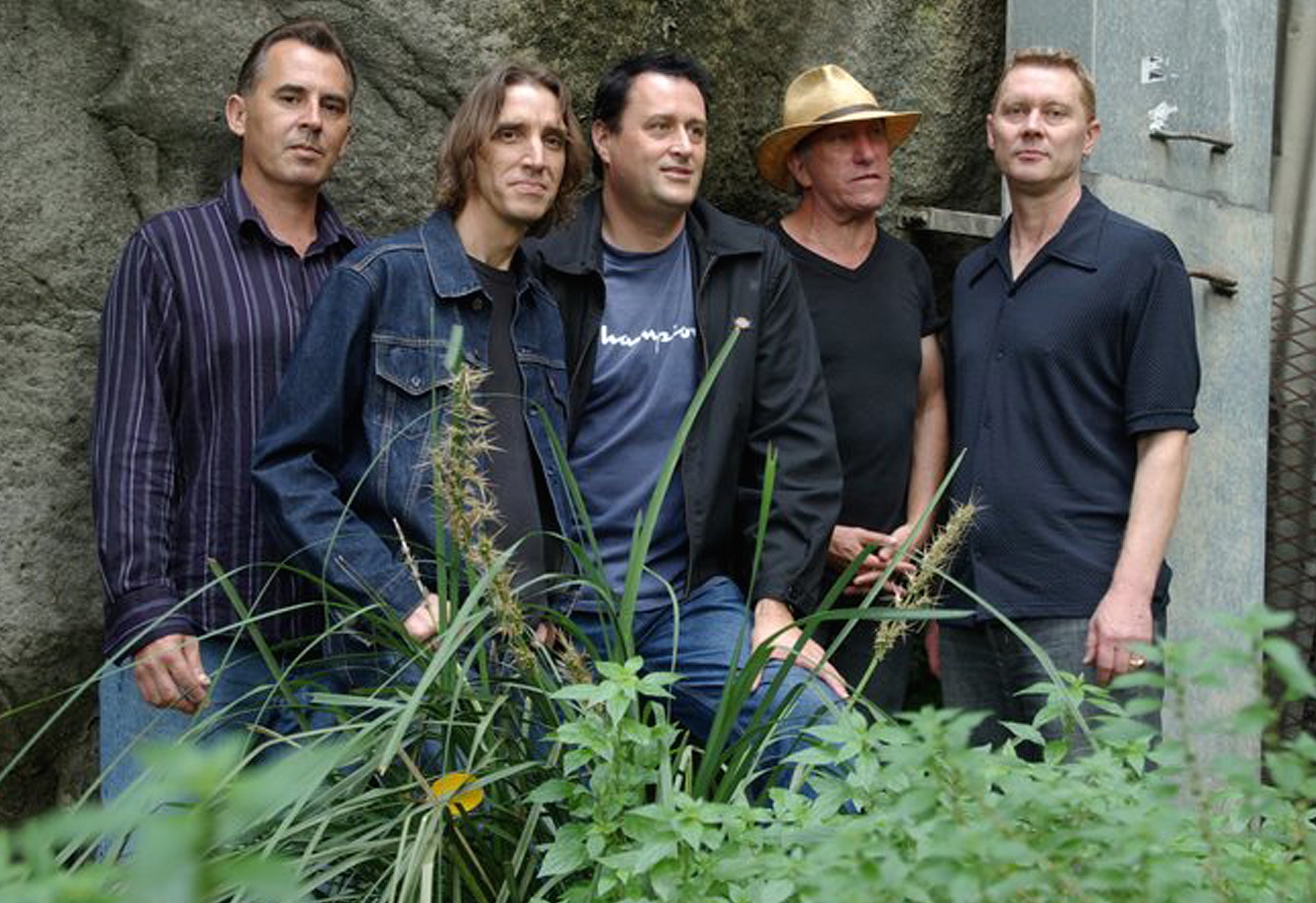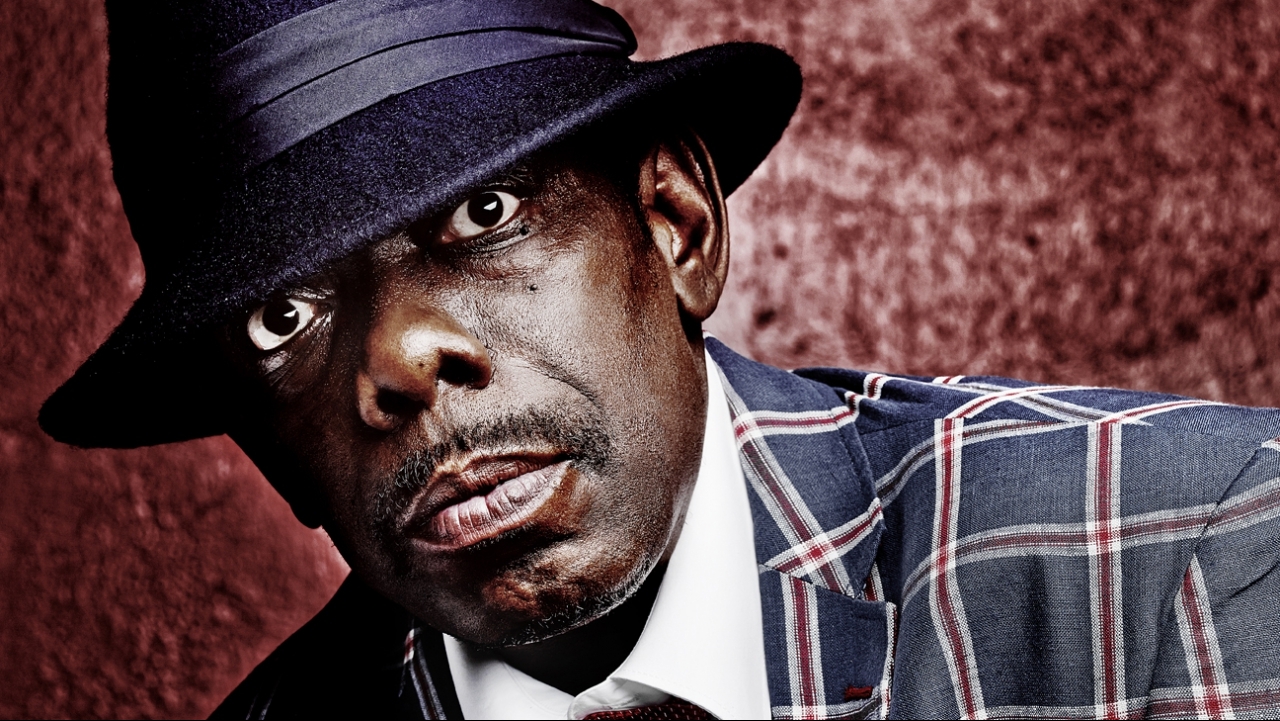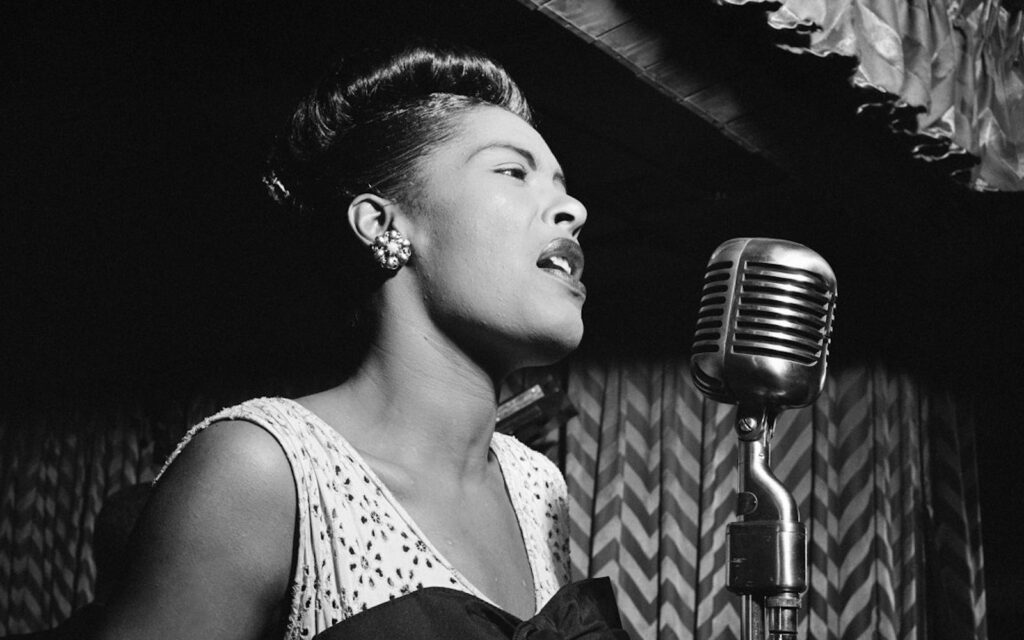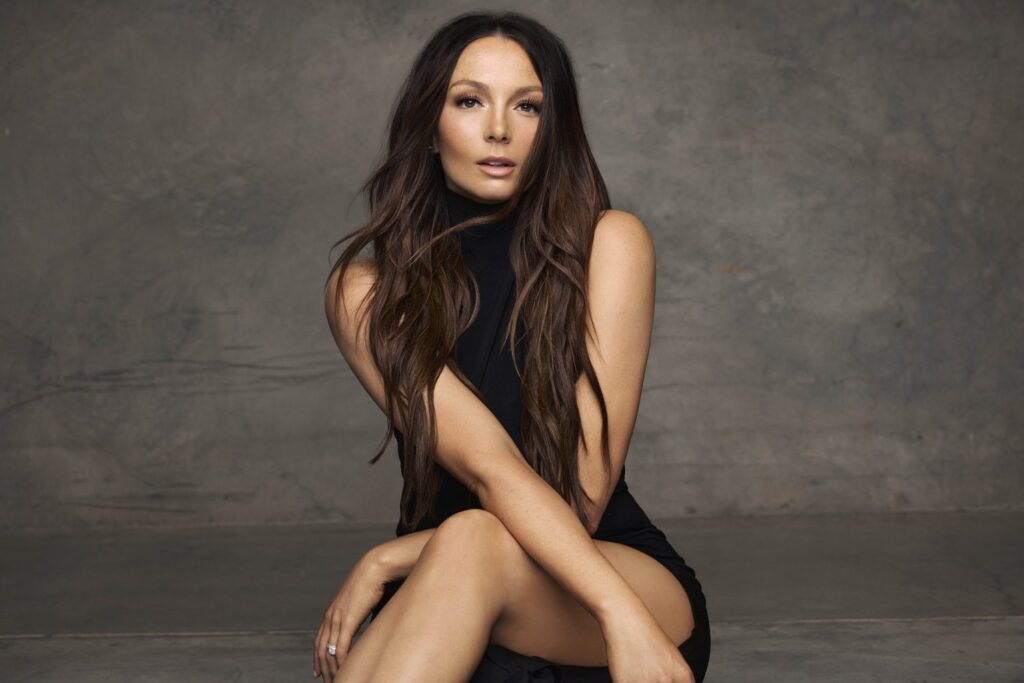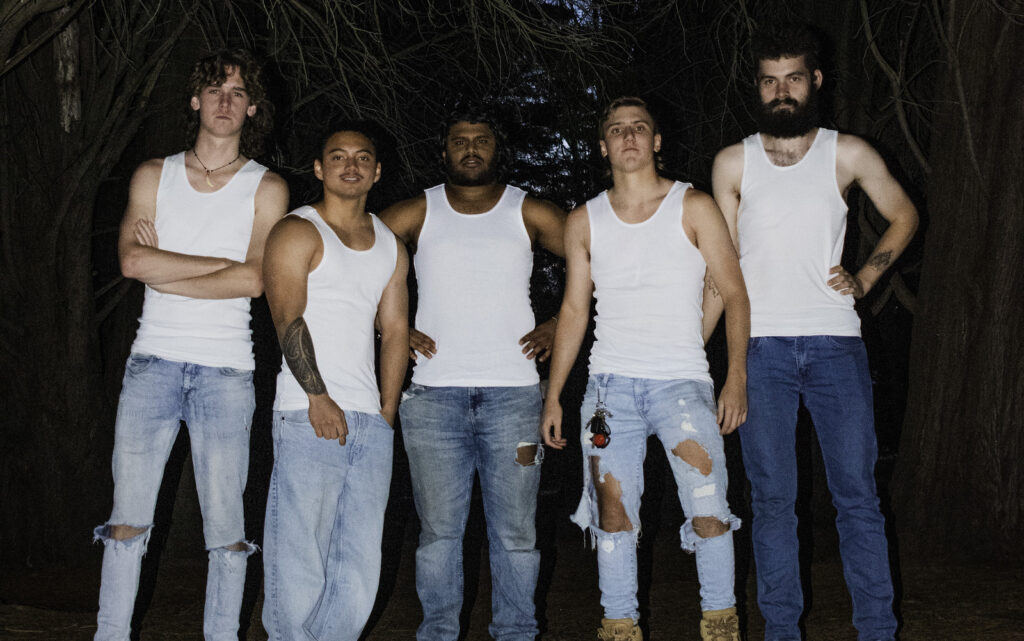“It was three months non-stop touring,” says guitarist Brett Myers. “I enjoyed, it, but I can’t vouch for the rest of the band. Some of the others were a bit shell shocked. [Bass player] Mark Lock vowed never to leave Australia again. In fact, he told us he wanted to keep playing in the band but he was never going to play outside of Sydney – more than half an hour from his home he wouldn’t play. So it was a bit overwhelming, but I loved it, and it shaped the rest of my life, honestly.”
Died Pretty had formed a few years earlier from the ashes of two Brisbane-based bands: The 31st, fronted by Ron Peno (who, as lead singer of The Hellcats, had adopted the nom de plume Ronnie Pop), and The End, a Velvet Underground and Stooges influenced band based around the songwriting and guitar talents of Brett Myers.
As a teenager growing up in Joh Bjelke-Petersen’s conservative Queensland, Myers was acutely aware of the cultural and political constraints within which he and his contemporaries were forced to exist. “It was a pretty repressive time and there wasn’t much in the way of youth culture, and anyone who acted slightly different got squashed by the police and by the general cultural milieu of the time,” Myers says. “Anyone who was into anything slightly alternative had to band together for safety in numbers more than anything. But conversely, I made a lot of really good friends that I have until this day, and there were some exciting things going on musically, so it wasn’t all bad, but as a general rule I’d rather have been somewhere else.”
When Peno moved from Sydney to Brisbane and joined The 31st with Mick Medew and Tony Robertson (who would go on to join The Screaming Tribesmen and Hitmen respectively), Myers found himself increasingly impressed by the enigmatic frontman.
“Besides The Fun Things, there wasn’t really any other bands like [The 31st] in Brisbane in the late-‘70s and early-‘80s,” says Myers. “Ron, as you could imagine, was a pretty compelling figure on stage to watch, and I really enjoyed going to see them. He’d seen my band, The End, and we’d done some obscure songs they he liked, and vice versa, so a bit of a mutual admiration society sprang up.”
While impressed by The End, Peno suggested they needed a new singer – and brazenly recommended that he fill the role. “I was the singer in the band at the time, so I said I’d think about that,” Myers laughs.
Myers and Peno enlisted RAM journalist Frank Brunetti on keyboards, with ex-Radio Birdman lead singer Rob Younger (who would go on to produce the band’s early singles and Free Dirt) assuming drumming duties. From conception, a critical element of the Died Pretty style derived from the interaction between Myers’ garage riffs and Peno’s country-tinged melodies and lyrics. While he didn’t acknowledge it at the time, Myers now concurs with this observation.
“I was listening to Mirror Blues [1984] the other day, and realised that I was playing this storming, hard rock version of Suicide and Gun Club, and Ron’s singing these Okie backwards melodies on top of it,” he says. “It was basically a country song placed on top of it. I didn’t realise it at the time, but it was.”
The release of the groundbreaking Doughboy Hollow album in 1991 saw Died Pretty attract commercial interest, and the band eventually signed with Sony. Two moderate-selling albums later, and Died Pretty were back in the independent forest. “We had mixed success [on Sony] – some of it went well, some of it didn’t, but I don’t regret it at all. There was an opportunity and we took it. We knew how they operated – they’ll back you and fund you and you have to sell, and if you don’t they’ll throw you off. And that’s what happened – they gave us a couple of records, and we sold OK, and that was enough.”
After releasing a couple of experimentally-inclined records – Using My Gills As a Roadmap and Everydaydream – by 2002 Peno and Myers realised Died Pretty had run its course. After a sell-out farewell tour, Peno and Myers went their separate ways. Subsequent years have seen the occasional reunion show, including the Don’t Look Back series in 2008 where the band played Doughboy Hollow in its entirety, and the Dig It Up! festival in 2012.
2016 sees Died Pretty reforming again for a series of A Day on the Green shows with the Hoodoo Gurus and The Sunnyboys, and a run of club shows – the band’s first since the 2002 break-up.
“It’s not as if it’s easy for us to get together. We’re all scattered around, some are overseas, and Ron’s in Melbourne,” Myers says. “The Hoodoo Gurus were nice enough to ask us to come on these winery shows with The Sunnyboys. And with these side shows we’re playing a full set like we used to in the old days. So it’ll be fun.”
BY PATRICK EMERY
